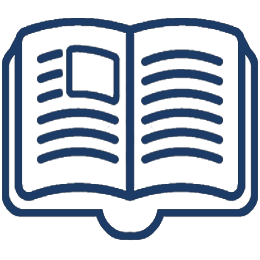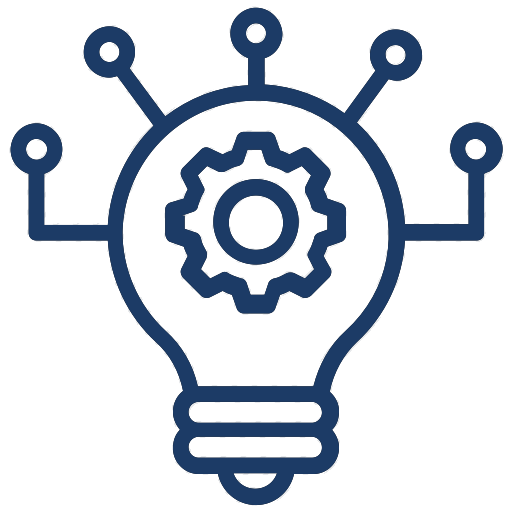Chapter 1: Building Inclusive @ Engaging Units (the 5280 view)

![]()
To do for this Chapter 1 - Part 1:
- Read through the blog post below around Unit Goals.
- Your next blog post around your own unit connected to Big Ideas, Essential Questions, and Goals is due before our next class.

Recommended Readings (for review, not necessarily needed)
- The Unit Plan Template
- Full-Text Understanding By Design
- Planning units with Backwards Design
- Big Ideas - CAST website (universal design for learning)
- Demands on our students
--------------------------------------------------------------------------------------
Chapter 1: Part 1: Setting Goals for a unit.
You've now had a chance to engage with Big Ideas and Essential Questions for your unit plans. Now we want to explore the idea of setting a series of 5-7 goals you have for your unit (You may have more or fewer goals depending on what you are doing).
As we think about backward design, we will share our thoughts on how our unit plans draw connections to our students. Here is a synopsis of a chapter from Understanding by Design by Wiggins & McTighe.
Setting Goals.
In the educational landscape, the process of designing effective curricula requires careful consideration of the goals and outcomes we intend to achieve. Setting goals is a fundamental step in the "Understanding by Design" framework developed by Grant Wiggins and Jay McTighe. This chapter delves into the significance of goal-setting in educational units and how it forms the foundation for meaningful learning experiences.
The Significance of Clear Goals
In the Understanding by Design (UbD) framework, the emphasis is placed on "backward design." This means that the design process begins with the end in mind – with the intended learning outcomes. These outcomes are articulated as clear, measurable goals that guide the entire instructional process.
Clear goals serve as the roadmap for educators. They provide direction and purpose, ensuring that instructional activities align with the desired outcomes. Furthermore, well-defined goals empower students by providing them with a sense of direction and understanding of what is expected of them. When goals are explicit, students can take ownership of their learning and monitor their progress more effectively.
Characteristics of Effective Goals
Effective goals within the UbD framework possess specific characteristics:
- Clarity: Goals should be stated in a clear and concise manner, leaving no room for ambiguity. Both educators and students should be able to understand what is expected.
- Measurability: Goals should be measurable, allowing for assessment of whether they have been achieved. This requires defining what success looks like in observable terms.
- Relevance: Goals must be relevant to the subject matter and aligned with broader educational standards. They should connect to the larger context of learning.
- Challenging yet Attainable: Goals should stretch students' capabilities without being overwhelmingly difficult. They should provide a sense of achievement when attained.
- Time-bound: Goals need a timeframe for completion. This temporal aspect adds a sense of urgency and helps in planning the pacing of instruction.
Types of Goals
In UbD, two types of goals are particularly important: Enduring Understandings and Essential Questions.
- Enduring Understandings: These are the big ideas or concepts that students should grasp and remember long after the unit is over. Enduring understandings transcend facts and encourage students to think deeply and critically about the subject matter.
- Essential Questions: These are open-ended, thought-provoking questions that guide the unit's inquiry and exploration. They encourage students to analyze, evaluate, and synthesize information, promoting a higher level of thinking.
Aligning Goals with Assessment and Activities
The goals set in a unit must be tightly aligned with both the assessment methods and the learning activities. The assessments should directly measure the extent to which students have achieved the desired goals. Meanwhile, the learning activities should provide opportunities for students to engage with the content and skills necessary for goal attainment.
Conclusion
Setting goals is a cornerstone of effective educational design. The UbD framework emphasizes the importance of starting the design process with a clear vision of what students should know, understand, and be able to do by the end of a unit. These goals serve as the guiding star, driving instructional decisions and shaping the learning experience. Through this intentional approach to goal-setting, educators can foster meaningful and lasting understanding in their students.
![]()
Chapter 1: Part 2 (9/19/23) - Connections across unit plans big ideas/essential questions/objectives/goals/standards/language and cognitive demands.

Here is a chapter around setting goals for units according to the book Understanding By Design by Wiggins & McTigh.
- Take a look at the blog post last week on Demands on Students. Consider the Cognitive and Language Demands.
- The Unit Plan Template
- Context for Learning

For this reflection, write about what you privilege. In 200-300 words write about the important connections you've made when thinking about unit planning. Consider your Context for Learning document, all aspects of the Unit Plan Template, and reflect upon one particular part.
- Choose one of the goals that you have chosen for your unit plan. Explicitly talk about.
- How could it connect to your students specifically (reference your Context for Learning).
- How would you assess it?
- How does the goal connect to language demands? cognitive demand? standards? (one each). - What is the most important thing you've needed to consider about unit planning?
- How does it connect to lesson planning?
- Give specific examples ... remember to link to your name below.
Chapter 1: Part 3 - Final Reflections (February 20. 2024)
For your blog this week, I would like you to wrap up on unit planning. For this section I want you to reflect on the following prompts.
- What was the biggest takeaway from building the unit?
- Describe a connection you’ve made across two or more of the areas in the unit.
- What would you think about for your next unit?
- What would you tell people for next semester working on this project? (or for me)